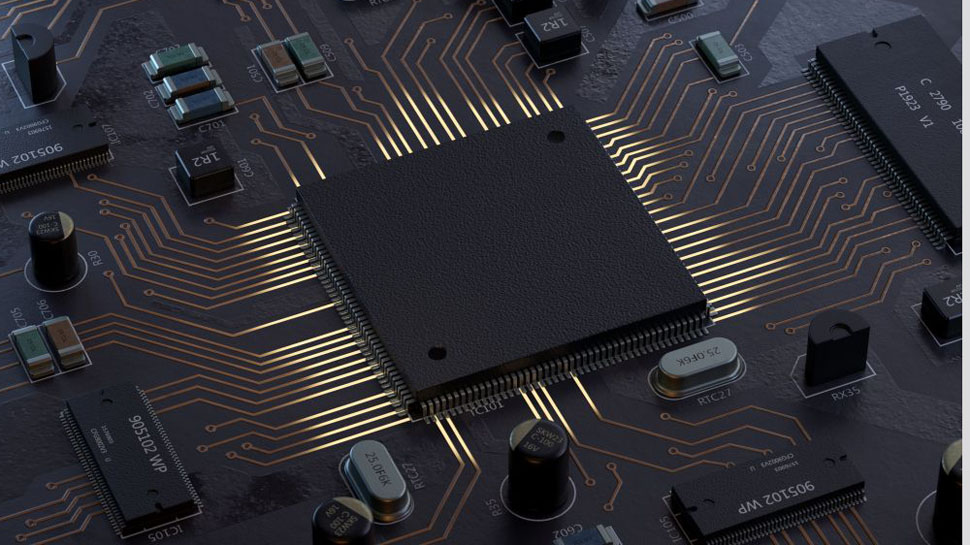Shortly after leaking several Tiger Lake promotional videos, Twitter user WalkingCat is making headlines again. This time, the leaker has shared two new videos where the 10nm SuperFin-powered Core i7-1185G7 goes up against AMD’s Ryzen 7 4800U in several scenarios. The videos appear to be conducted by Intel, and the exact conditions of the test environment and the specifications of the two systems are unknown.
pic.twitter.com/0Qbb0V7jMRSeptember 1, 2020
pic.twitter.com/0Qbb0V7jMRSeptember 1, 2020
Intel Core i7-1185G7 vs. AMD Ryzen 7 4800U
The first video has the Core i7-1185G7 facing the Ryzen 7 4800U in multiple games. Apparently, Intel configured the Core i7-1185G7 to 28W (PL1), while the Ryzen 7 4800U was running on Extreme Performance Mode. We’ve seen the Extreme Performance Mode feature before in a Lenovo laptops before. The functionality essentially unlocks a higher thermal limit for the processor. Giving Intel the benefit of the doubt, the Ryzen 7 4800U in the chipmaker’s comparison should have had a 25W ceiling.
The results showed the Core i7-1185G7 surpassing the Ryzen 7 4800U in iGPU gaming, which is something we’re not accustomed to see from Intel. Back in June, Intel employee Ryan Shrout demoed a Tiger Lake-powered laptop running Battlefield V on solely integrated graphics. These latest benchmarks seemingly confirms Xe LP’s graphical prowess.
The general gist of the second video is that the Core i7-1185G7 practically outperformed the Ryzen 7 4800U in all the tasks that Intel threw at it. The workloads included video edition, 4K video playback, export times, among others. According to the videos, the margins were pretty substantial – the Tiger Lake chip completed certain activities up to twice as fast.
To put things into context, the Ryzen 7 4800U (codename Renoir) is an eight-core, 16-thread processor with a 8MB L3 cache. The Zen 2 APU, which is a product of TSMC’s 7nm FinFET manufacturing process, runs with a 1.8 GHz base clock and 4.2 GHz boost clock. On the graphics side of things, the Ryzen 7 4800U sports eight Vega Compute Units (CUs) at 1,750 MHz. The Ryzen 7 4800U comes with a cTDP (configurable thermal desin power) rating that spans between 10W and 25W.
The Core i7-1185G7 (codename Tiger Lake) is unreleased, however, the processor has surfaced multiple times over the past months. Thus far, we know that the Core i7-1185G7 has a four-core, eight-thread configuration that’s complemented with 12MB of L3 cache. The quad-core chip comes out of Intel’s 10nm SuperFin furnace and packs Willow Cove cores and Xe LP graphics. The most recent Geekbench 5 submission detected the Core i7-1185G7 with a 3 GHz base clock and 4.8 GHz boost clock. The processor’s iGPU is reportedly comprised of 96 Execution Units (EUs) at 1,550 MHz. The cTDP for the Core i7-1185G7 ranges between 15W and 28W.
It’s too early to proclaim Intel as the undisputed winner, though. As we’ve learned in the past, manufacturer benchmarks aren’t exactly the most accurate. From what we’ve seen so far, Tiger Lake is absolutely a game changer. Don’t forget to tune in tomorrow for the official launch.
